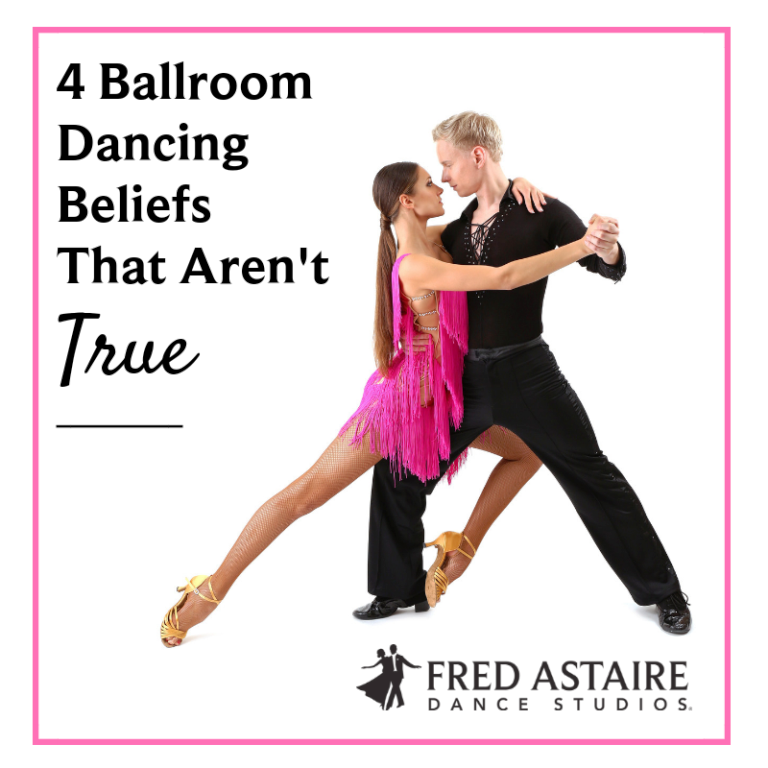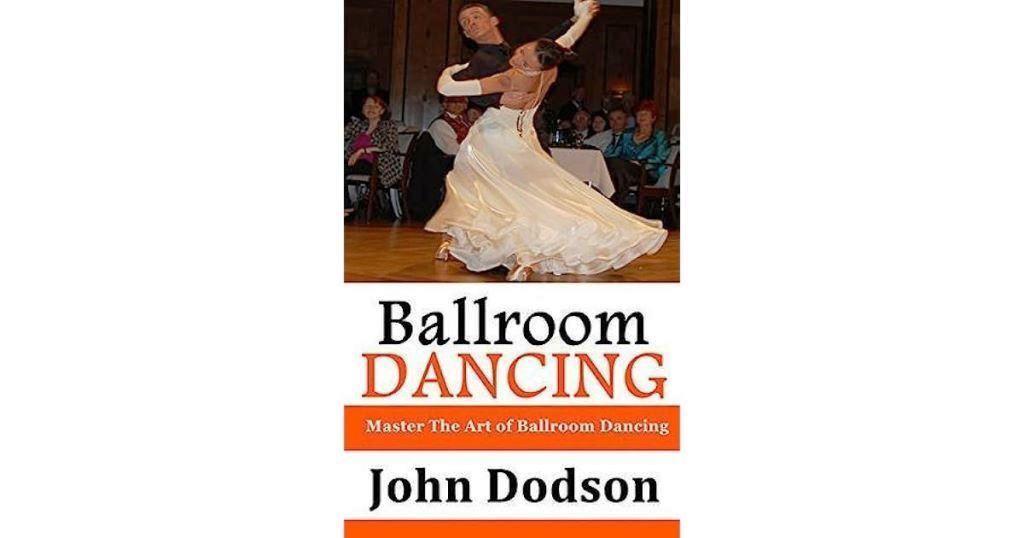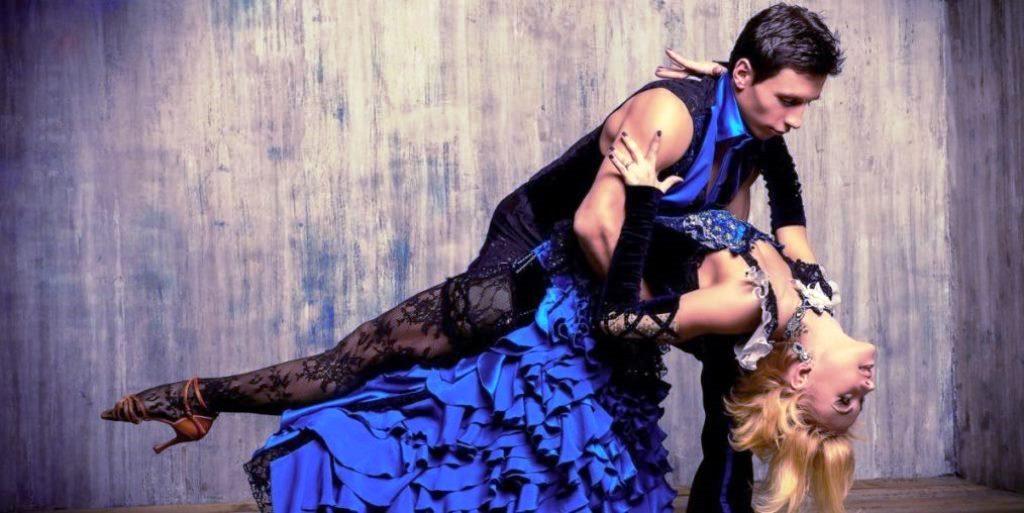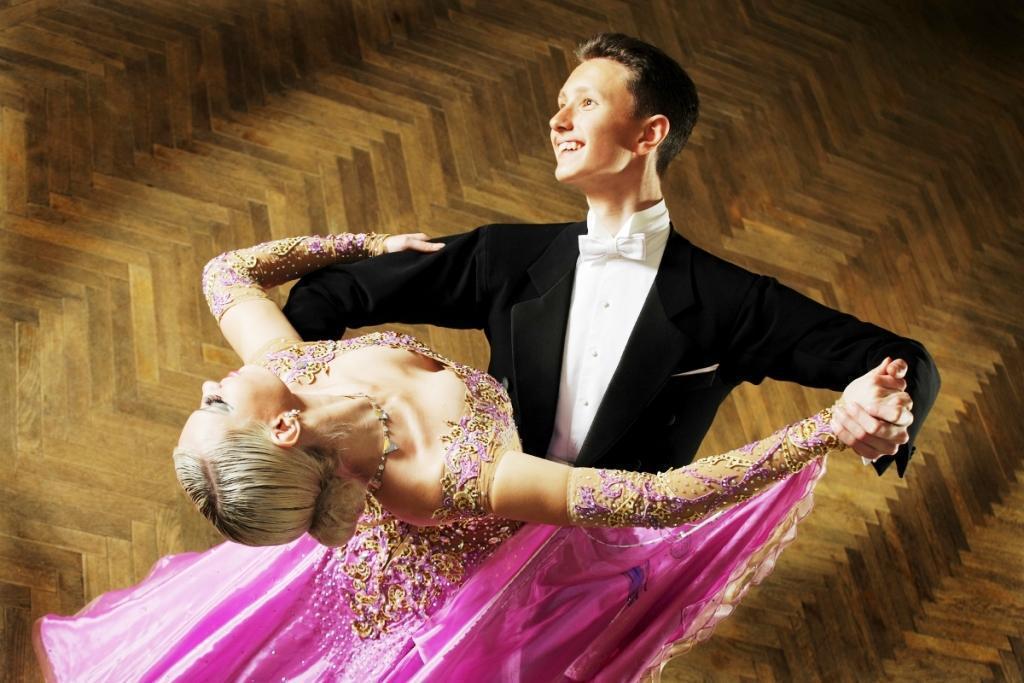
1. Introduction to the Psychology of Ballroom Dance
Introduction to the Psychology of Ballroom Dance
Ballroom dancing is an art form that has been practiced in Britain for centuries. It is a form of social dancing, usually performed in pairs, that is enjoyed by people of all ages and backgrounds. The psychology of ballroom dance is an important aspect of the activity, and it is essential to understand the psychological benefits and challenges of ballroom dancing in order to fully appreciate the art form.
Ballroom dancing is a physical activity that requires both physical and mental effort. It is a form of physical exercise that can help to improve physical health, as well as providing a great way to socialise and have fun. In addition, it can be a great way to build confidence and self-esteem.
The psychological benefits of ballroom dancing are numerous. It can help to reduce stress, improve mood, and even improve mental clarity. Additionally, it can help to increase creativity, as well as helping to improve social skills and communication.
The Challenges of Ballroom Dancing
As with any activity, there are challenges associated with ballroom dancing. It can be difficult to learn the steps, particularly for those who are unfamiliar with the form. Additionally, it can be difficult to maintain focus and concentration during a dance, as well as to stay in sync with a partner.
Additionally, there can be psychological pressures associated with ballroom dancing. It can be difficult to perform in front of an audience, and the pressure to perform well can be overwhelming. Additionally, there can be a feeling of competition between partners, which can lead to feelings of insecurity and anxiety.
Conclusion
The psychology of ballroom dancing is an important aspect of the activity, and it is essential to understand the psychological benefits and challenges of ballroom dancing in order to fully appreciate the art form. It is important to remember that, although there may be challenges associated with ballroom dancing, it can also be a great way to improve physical and mental health, as well as to build confidence and self-esteem.
2. The Benefits of Ballroom Dance for Mental Health
The Benefits of Ballroom Dance for Mental Health
Ballroom dancing has been proven to have a positive effect on mental health. Studies have shown that regular ballroom dancing can reduce stress, improve mood, and even reduce symptoms of depression.
Reduce Stress
The physical activity of ballroom dancing can help to reduce stress levels. Moving to the rhythm of the music helps to release endorphins, which can help to reduce stress and improve mood. Additionally, the social aspect of ballroom dancing can help to reduce feelings of loneliness or isolation.
Improve Mood
The physical activity of ballroom dancing can help to lift your mood. The music can also help to lift your spirits, and the social aspect of ballroom dancing can help to reduce feelings of loneliness or isolation.
Reduce Symptoms of Depression
Studies have shown that regular ballroom dancing can reduce symptoms of depression. The physical activity of ballroom dancing can help to release endorphins, which can help to reduce stress and improve mood. Additionally, the social aspect of ballroom dancing can help to reduce feelings of loneliness or isolation.
3. The Role of Music in Ballroom Dance
The Role of Music in Ballroom Dance
Music is an essential element of any ballroom dance. It sets the rhythm and mood of the dance, and helps to create a sense of unity between the dancers. The music chosen for a dance must be appropriate to the style of the dance and the skill level of the dancers.
The Rhythm
The rhythm of the music is the most important element when considering the music for a ballroom dance. The rhythm will determine the tempo of the dance, as well as the steps and movements that the dancers will perform. Different styles of ballroom dance have different rhythms, so it is important to choose music that is appropriate for the style of the dance.
The Mood
The mood of the music is also important when choosing music for a ballroom dance. The music should be upbeat and energetic for a fast-paced dance, such as a jive or a cha-cha. For a slower, more romantic dance, such as a waltz or a tango, the music should be more romantic and lyrical.
The Unity
The music chosen for a ballroom dance should also help to create a sense of unity between the dancers. The music should be rhythmic and catchy, and should encourage the dancers to move together in time with the music. This is especially important for couples dances, such as the waltz or the tango, as it helps to create a sense of connection between the two dancers.
4. The Physical and Emotional Connections of Ballroom Dance
The Physical and Emotional Connections of Ballroom Dance
Ballroom dancing is a physical activity that is both mentally and physically challenging. It requires coordination, balance, and strength, as well as a sense of rhythm and timing. It also demands concentration and focus, as dancers must be aware of their partner’s movements and be able to react quickly and accurately.
The physical nature of ballroom dancing has been linked to improved physical health. Studies have shown that regular ballroom dancing can help reduce stress, improve physical fitness, and even reduce the risk of developing certain chronic diseases.
The Emotional Benefits of Ballroom Dancing
The physical benefits of ballroom dancing are well known, but the emotional benefits are often overlooked. Ballroom dancing can be a great way to express yourself and connect with your partner. Dancing can also help you to build confidence and self-esteem, as well as improve your social skills.
The physical connection between two people when dancing can also help to create an emotional bond. The trust and understanding needed to dance well can lead to a deeper connection between partners. This can help to strengthen relationships and create a sense of belonging.
Ballroom dancing can also be a great way to express your emotions. The movements can be used to convey feelings such as joy, sadness, and anger. This can be a powerful way to communicate without words and can be a great way to release pent-up emotions.
Conclusion
Ballroom dancing is a physical activity that can provide both physical and emotional benefits. It can help to improve physical health, as well as boost self-confidence and social skills. It can also be a great way to express emotions and create a strong connection between partners.
5. Exploring the Social Aspects of Ballroom Dance
Exploring the Social Aspects of Ballroom Dance
The Power of Partnerships
Ballroom dancing is a partnership activity, and the relationship between partners is an important factor in the success of a dance. Partners must learn to trust each other, both in terms of their physical connection and their ability to move as one. This trust can be a powerful tool in helping couples to develop a strong bond, and to understand the nuances of the dance.
The Role of the Audience
The audience also plays an important role in the social aspects of ballroom dancing. Their applause, cheers, and other forms of appreciation can give a couple a sense of accomplishment and can help them to stay motivated. In addition, the audience can provide positive feedback, which can help the couple to improve their dancing.
The Impact of Competition
Competition is an important part of ballroom dancing in the UK, and it can have a profound impact on the social aspects of the activity. On one hand, the pressure of competition can be a source of motivation and can help dancers to push themselves to reach their full potential. On the other hand, the pressure can be overwhelming and can lead to feelings of anxiety and insecurity.
The Benefits of Community
The community of ballroom dancers in the UK is a strong and supportive one, and it can have a positive impact on the social aspects of the activity. Dancers can learn from each other, and can find support and encouragement from their peers. This can be especially beneficial for those who are just starting out, as the community can provide a safe and welcoming environment in which to learn and grow.
The Joy of Performance
Finally, the joy of performance is an important part of ballroom dancing. Whether it is a competition or a social event, the thrill of performing in front of an audience can be a powerful source of motivation and can help to bring out the best in a couple. This can be an especially rewarding experience for those who have worked hard to perfect their technique and to create a beautiful dance.
6. The Role of Competition in Ballroom Dance
The Role of Competition in Ballroom Dance
Competition is a major part of ballroom dance in the UK. It provides an opportunity for dancers to showcase their skills and push themselves to reach new levels of proficiency. The competitive environment can be both exciting and rewarding, as well as challenging and demanding.
Competitive Ballroom Dancing in the UK
Competitive ballroom dancing in the UK is divided into two categories: Amateur and Professional. Amateur competitions are open to all levels of dancers, while Professional competitions are typically reserved for more advanced dancers. Both categories have a variety of different levels and styles, giving dancers the opportunity to compete in a range of disciplines.
Competitive Ballroom Dance Benefits
Competing in ballroom dance can offer a variety of benefits to dancers. It can help to develop skills such as confidence, poise, and grace, as well as provide an opportunity to meet a wide range of people and make new friends. It can also be a great way to stay motivated and challenge yourself to improve.
Competitive Ballroom Dance Challenges
Competing in ballroom dance can also present a range of challenges. It can be difficult to stay focused and motivated, especially when competing against more experienced dancers. It can also be intimidating to perform in front of an audience, as well as to face the possibility of criticism from judges.
Tips for Successful Competitive Ballroom Dance
To be successful in competitive ballroom dance, it is important to stay focused and motivated. It is also important to practice regularly and be open to feedback and criticism. Finally, it is essential to have fun and enjoy the process of competing.
7. Conclusion: The Impact of Ballroom Dance on the Mind
Conclusion: The Impact of Ballroom Dance on the Mind
The psychological benefits of ballroom dancing are far-reaching and profound. From improving social skills to reducing stress and anxiety, ballroom dancing can be a powerful tool for mental and emotional wellbeing. Not only does it provide a creative outlet for self-expression, but it can also help to build confidence and self-esteem.
Physical Health Benefits
Ballroom dancing is also linked to physical health benefits, such as increased cardiovascular fitness, improved balance and coordination, and increased muscle tone. It can help to reduce the risk of osteoporosis, and may even help to reduce the risk of certain types of cancer.
Psychological Benefits
The psychological benefits of ballroom dancing are numerous. It can help to improve communication skills, reduce stress and anxiety, and increase self-esteem. It can also help to increase focus and concentration, and improve problem-solving skills.
Social Benefits
Ballroom dancing can also provide social benefits. It can be an enjoyable way to spend time with friends, and can help to build relationships and foster a sense of community. It can also provide an opportunity to meet new people and make new connections.
Conclusion
Ballroom dancing is an enjoyable activity that can provide numerous psychological and physical health benefits. From improving social skills to reducing stress and anxiety, ballroom dancing can be an invaluable tool for mental and emotional wellbeing. Not only does it provide a creative outlet for self-expression, but it can also help to build confidence and self-esteem.




